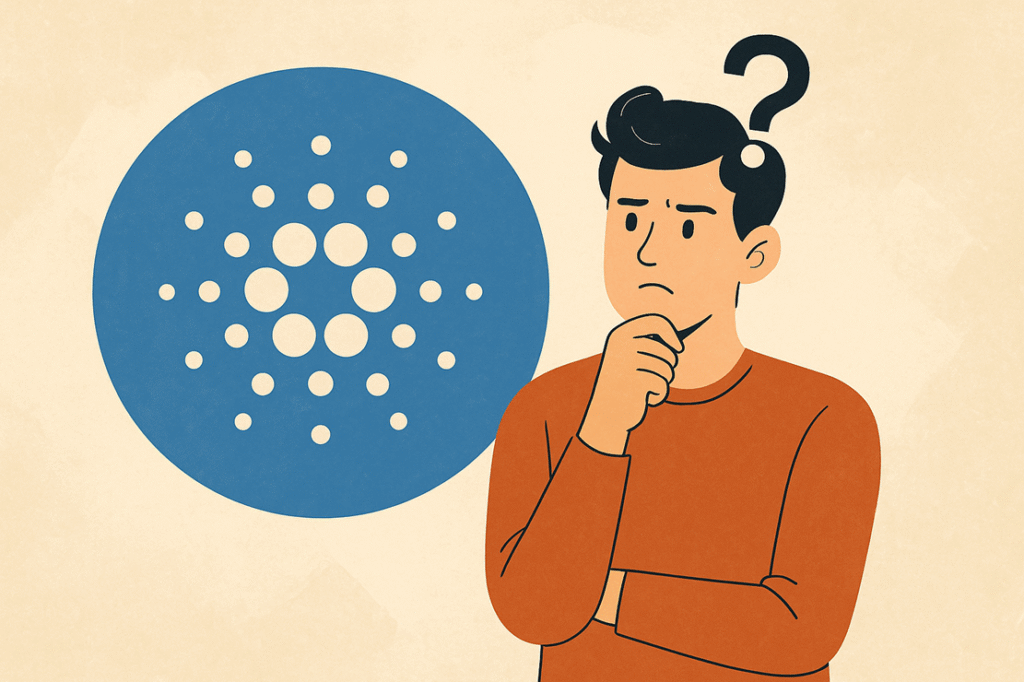In the ever-evolving world of blockchain and cryptocurrency, governance decisions can significantly shape the future of financial networks. The Cardano Foundation recently made headlines by reversing a previous stance on a contentious treasury withdrawal. This change aims to support a free Native Asset Content Delivery Network (CDN) for developers within the Cardano ecosystem. This decision is not just a simple funding move but a strategic step towards enhancing infrastructure and supporting developers, showcasing the intricate dynamics of blockchain governance.
Cardano Foundation Approves Strategic Funding Initiative
The Cardano Foundation’s decision to switch its voting stance to “YES” on the proposal to fund a CDN for Cardano developers marks a pivotal moment. Initially, the Foundation’s “No” vote was anchored in concerns about the financial sustainability of the project. However, after receiving comprehensive insights from the project’s developers, the Foundation was reassured about the viability and strategic importance of this initiative.
Details of the Funding Proposal
The proposal, documented in detail and published on IPFS, advocates for a withdrawal of ₳605,000 to fund the creation and maintenance of a Native Asset CDN. This infrastructure aims to provide Cardano developers with 18 months of free access to NFTCDN’s resources. This service is already employed by notable projects, such as the Eternl and Vespr wallets, and addresses a significant challenge in the ecosystem by eliminating CDN costs for native asset rendering and metadata delivery.
The Foundation’s document outlines that the project team presented a detailed budget encompassing salaries and infrastructure expenses based on present usage statistics. This clarity directly addressed previous financial concerns, pivoting the Foundation’s decision towards supporting the initiative.
Strategic Implications for Cardano’s Ecosystem
This decision is part of a broader governance cycle leading up to 2025, involving numerous proposals within Cardano’s ecosystem. The Foundation emphasizes transparency in its decision-making process, regularly updating stakeholders on its governance actions and votes.
From a strategic standpoint, the 18-month subsidy period will allow the collection of valuable data, enabling developers to decide on the future trajectory of the CDN. Potential paths include open-sourcing the tech stack, decentralizing the service, or transitioning ownership to a non-profit entity.
Understanding the Governance Process
The governance process surrounding this proposal is transparent and traceable. Public records, available on blockchain explorers, document the Foundation’s voting identifier and related metadata. This transparency ensures that the community remains informed and engaged with the governance developments.
How does the CDN benefit Cardano developers?
The CDN initiative aims to significantly reduce the financial burden on developers by eliminating costs associated with asset rendering and metadata delivery for 18 months. This allows developers, particularly smaller teams, to allocate resources more efficiently towards innovation and project growth.
What are the long-term plans for the CDN after the subsidy period?
Post-subsidy, the Foundation and developers will evaluate three potential paths: open-sourcing the CDN technology, decentralizing the service, or transferring management to a non-profit. This decision will be based on usage data and community feedback gathered during the funding period.
How does this decision align with Cardano’s 2025 governance cycle?
This funding decision is one of several proposals within the broader 2025 governance plan, which includes initiatives to enhance infrastructure and support long-term ecosystem growth. The Foundation ensures each decision aligns with Cardano’s strategic goals and governance transparency.
This comprehensive overview of the Cardano Foundation’s recent governance action highlights its commitment to supporting the Cardano ecosystem’s infrastructure and development. By understanding the intricacies of these decisions, stakeholders can appreciate the effort invested in maintaining a robust and dynamic blockchain environment.

